Most people who enjoy eating strawberries that they buy at the grocery store never have any inkling that a multitude of decisions determined the size, shape, texture, and flavor of the strawberries they buy and consume. But, in fact, strawberries are constantly undergoing selective breeding programs to try to breed a bigger, better, more consumer-friendly fruit.
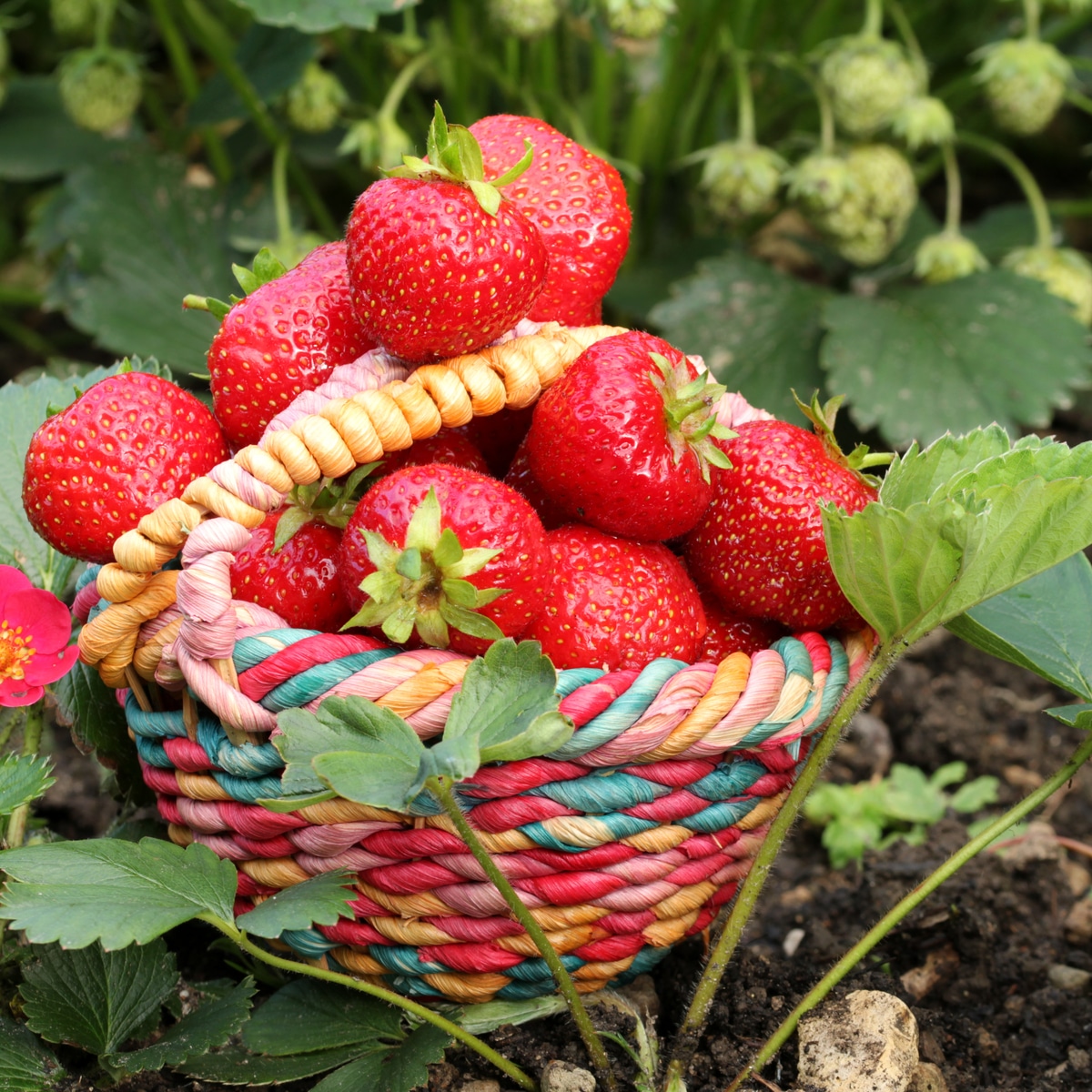
For strawberry lovers everywhere, this is a great thing. Each new strawberry cultivar that is developed as an improvement over an older variety brings more desirable traits to the strawberry market. Everyone understands the benefits of having bigger, sweeter, and more durable strawberries. One trait that is often overlooked by the home gardener (but is very important to the commercial growers within the strawberry farming industry), is the ability to initiate crops and harvests when less favorable seasonal conditions exist.
So, many of the strawberries in the store come from a group of plants called short-day strawberry plants. Exactly what are short day strawberry plants, and why do they matter?
Jump to:
What Are Short-day Strawberry Plants?
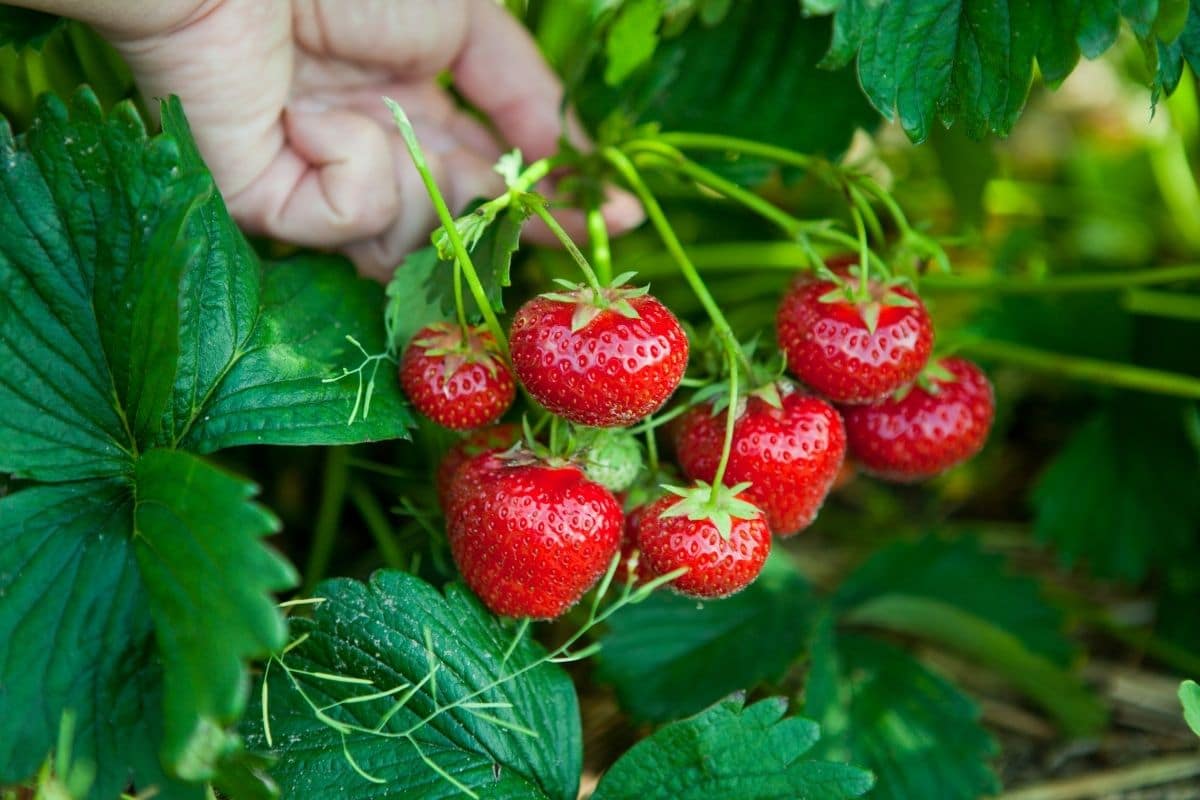
Short day strawberries are a subset of the June-bearing strawberry type (see the Strawberry Varieties page for more details). They are unique in that they will initiate strawberry flower buds during seasonal conditions when the daylight is limited. Strawberry varieties that will initiate flower buds when there is fourteen hours of daylight per day (or less) are considered to be “short-day.”
Additionally, a strawberry cultivar that does well in cooler temperatures can also be considered short-day. If strawberry buds are produced in temperatures cooler than 60 degrees Fahrenheit, the short-day classification can also be attributed to that variety. Of course, the cooler temperatures and shorter days often are found occurring together.
Why Do Short-day Strawberries Matter?
Short-day strawberry cultivars are generally not sought by home gardeners for their short-day characteristics. If a home gardener plants them, it is likely because of other traits the variety possesses. Commercial strawberry operations, however, are a different story.
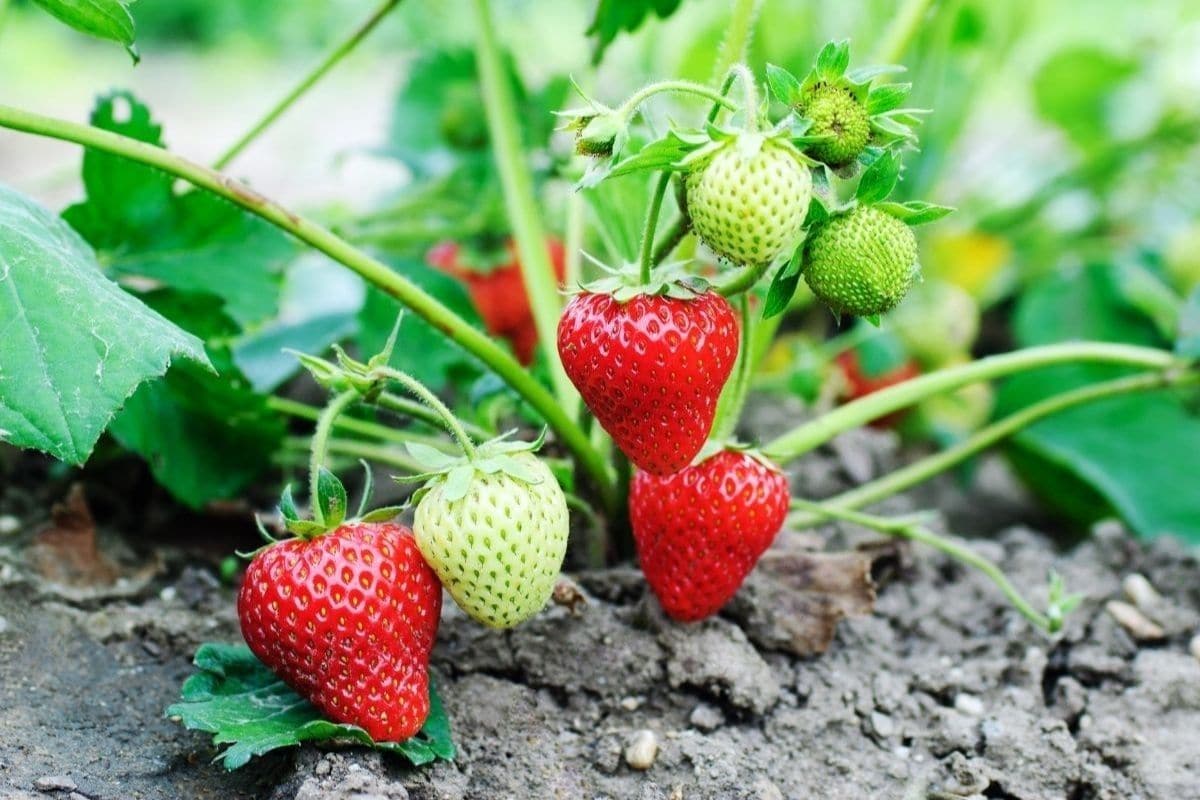
The commercial strawberry growers (in California and Florida most of all), seek out short-day strawberries because they give them several growing advantages. Since they will produce flower buds with less light and under cooler temperatures than other varieties, the short-day strawberry plants can be planted, tended, and produce salable harvests at times when other varieties are dormant or not producing.
This serves to keep the off-peak strawberry prices lower than they otherwise would be due to increased supply. It also keeps the commercial farms productive which adds a small bit of help to the overall economy by producing a marketable commodity and jobs. Additionally, the demand for better short-day strawberry varieties spurs further development, and that, when successful, helps everyone who enjoys growing or eating strawberries!
Which Are the Short-day Strawberry Varieties?
This is not an exhaustive list, but some of the most popular and prominent short-day strawberry varieties are:
Allstar, Annapolis, Benicia, Benton, Camarosa, Camino Real, Cavendish, Chandler, Earliglow, Firecracker, Florida Radiance, Gaviota, Glooscap, Honeoye, Hood, Jewel, Kent, Mesabi, Mojave, Northeaster, Shuksan, Strawberry Festival, Surecrop, Sweet Charlie, Tillamook, and Totem.
If you are interested in purchasing and growing your own strawberries from short-day strawberry plants, you can find suppliers in the Strawberry Plants for Sale directory.


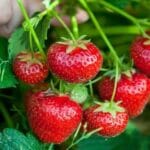

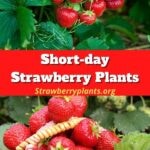
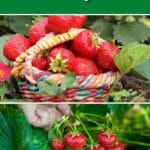
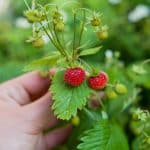

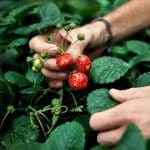
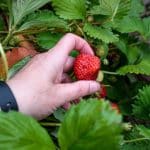
Ken Warren says
I am looking for about 200 camarosa strawberry plants now. Want to plant 1st week of Dec.. Send sellers.
Mr. Strawberry says
Ken Warren,
You can use any of these to order Camarosa strawberry plants, as availability permits. Good luck!